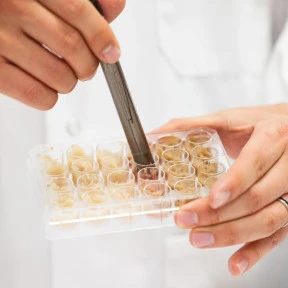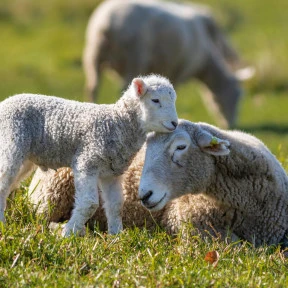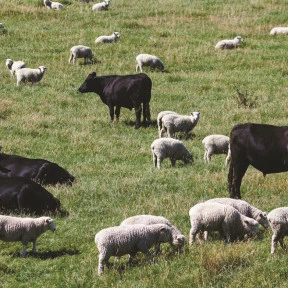
New Zealand Meat Processors use strict hygiene conditions and wash procedures to prevent contamination of red meat. These procedures are good at keeping the level of STEC contamination on the meat very low, but processors are always looking for ways to improve control and reduce the risk from STEC.
AgResearch has published findings of a study into the prevalence and virulence of Shiga toxin-producing Escherichia coli (STEC) strains in Waikato dairy farms. The study sought to gain insights into the incidence of E. coli serogroups, as well as the presence of virulence genes (stx1/2 and eae) in dairy farm effluent and calf faeces.
AgResearch's study spanned two years and involved the collection and analysis of samples from cows, calves, and the farm environment of two pasture-based dairy farms in the Waikato region. The research sought to understand how Top7 STEC behave in different animals, how they move between animals, and what we can do to interrupt the chain of transmission. The presence of toxin genes stx and eae, as well as STEC7 bacteria, was evaluated to identify environmental reservoirs, intermediate hosts and key pathways that could drive the presence of Top 7 STEC in herds, utilising gene-based and traditional bacterial culture tests.
The research revealed that the frequency of STEC7 on the farms was generally low. STEC O26 was the most commonly detected STEC7, with its frequency in the animals and dispersion throughout the farm peaking in the summer. O157:H7, which was found less frequently was detected throughout year.
Fresh cow and calf faeces were identified as the primary source of STEC7, with these bacteria present in bedding material, pasture, soil, and trough water, making animals exposed to these materials susceptible to infection. Additionally, STEC7 was found to be transported by flies and birds, which were attracted to feed stores and effluent ponds on the farm.
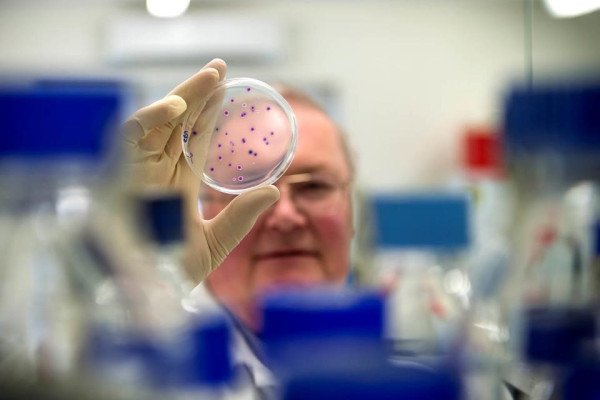
The study's findings suggest that careful management of calf bedding and control of birds and flies, particularly in calf sheds and feed storage areas, could potentially reduce STEC spread on farms, and the research reaffirms that keeping calves away from paddocks recently grazed by adult cows or irrigated with farm effluent would decrease their exposure to STEC. The study also hinted that farm measures preventing weather stress in animals might also have a significant impact on STEC7 levels in animals leaving the farm, hence minimising the potential for cross-contamination of animals between transport and during processing.
The findings offer valuable insights into pathogenic bacteria's presence and movement within farms, supporting dairy farmers in enhancing biosecurity and animal health practices. These findings have been shared with DairyNZ, enabling them to provide improved recommendations to farmers for STEC7 and other pathogenic bacteria control on farms.
This research was jointly funded by MIA Innovation Limited and AgResearch.
Our SSI-funded science has enabled the application of whole-genome sequencing (WGS) coupled with bioinformatic algorithms to identify and provide deeper insights into epidemiological dynamics -sources, transmission and dispersion - of faecal bacteria along the farm-to-fork continuum.
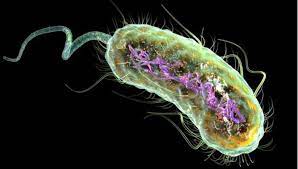 STEC are a group of bacteria associated with foodborne diseases and pose significant health risks to humans. Over the past ten years, New Zealand has reported an increase in hospitalisation associated with STEC infections in humans. In 2022, 1022 STEC cases were recorded (19.9 cases per 100,000 people). Cattle are a significant reservoir for human infections.
STEC are a group of bacteria associated with foodborne diseases and pose significant health risks to humans. Over the past ten years, New Zealand has reported an increase in hospitalisation associated with STEC infections in humans. In 2022, 1022 STEC cases were recorded (19.9 cases per 100,000 people). Cattle are a significant reservoir for human infections.




